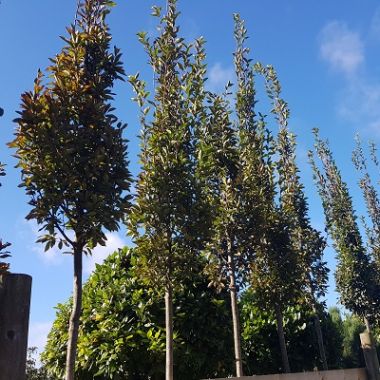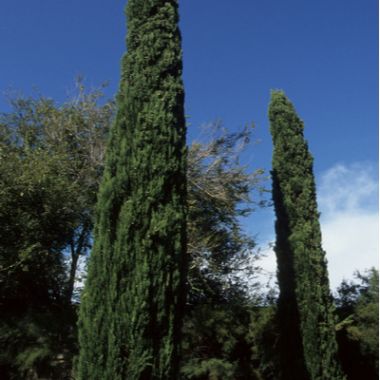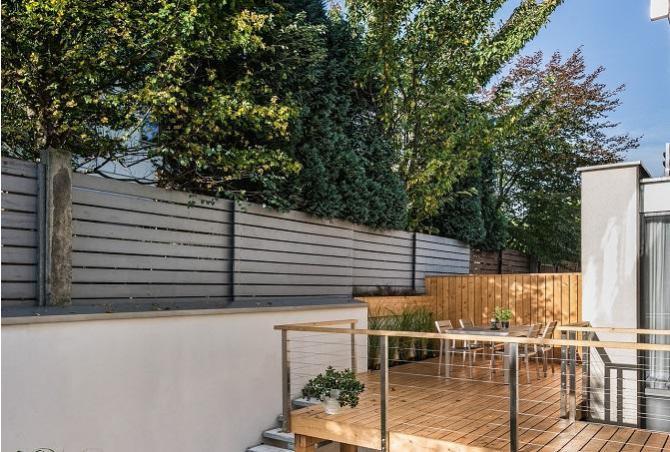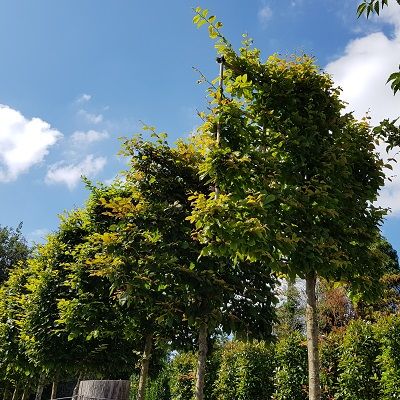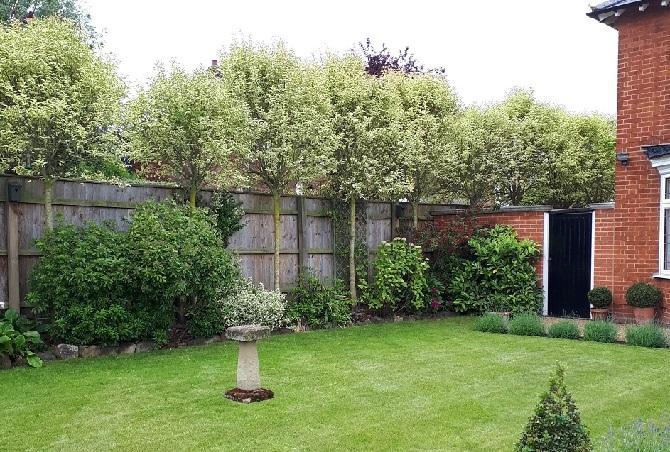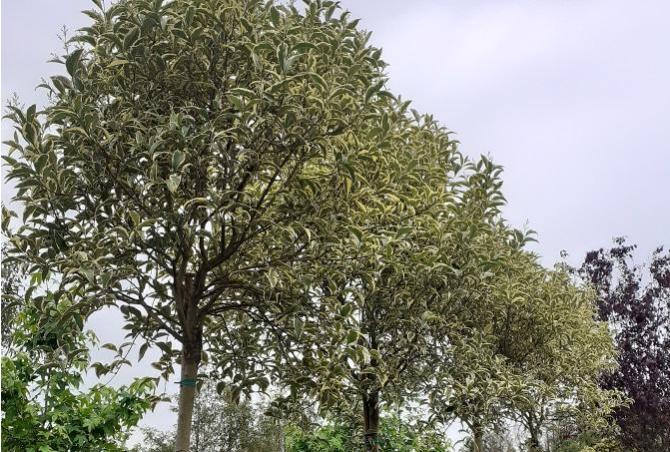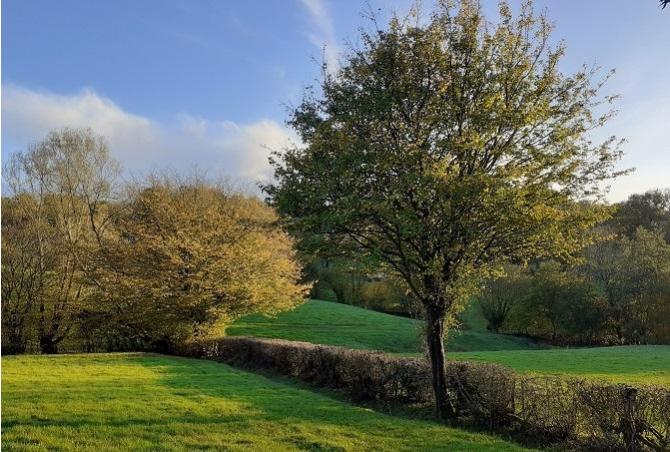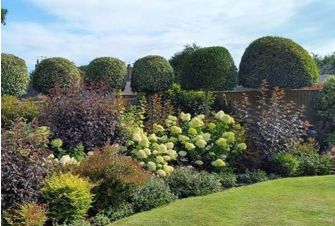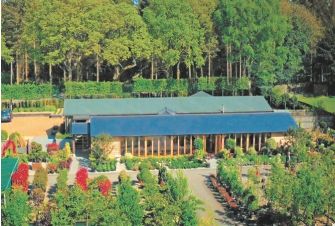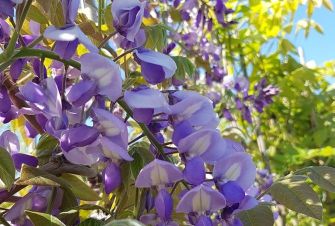How to achieve privacy in a garden
Privacy is precious. Most people would like to regard their outdoor space as a sanctuary where they can relax, away from prying eyes and passers-by. Not everybody welcomes interruptions during their valuable private time within the busy-ness of the modern age. But a sanctuary isn't always simple to achieve. In the City of London, for example, the average garden size is only around 16 sq. m. There will be plenty of windows overlooking the space. Some will be enjoying a bird's eye view from tall office blocks and flats, while other overlooking windows will encourage peeking from the sides.
Many modern gardens outside cities are allocated a comparatively spacious 30 sq. m for their rear garden - so it might only be around 6m long. Whatever the limitations that size presents, it is vital to make the most of whatever you are lucky enough to have. Trees and shrubs can provide excellent screening, and there's something suitable for even the smallest space.
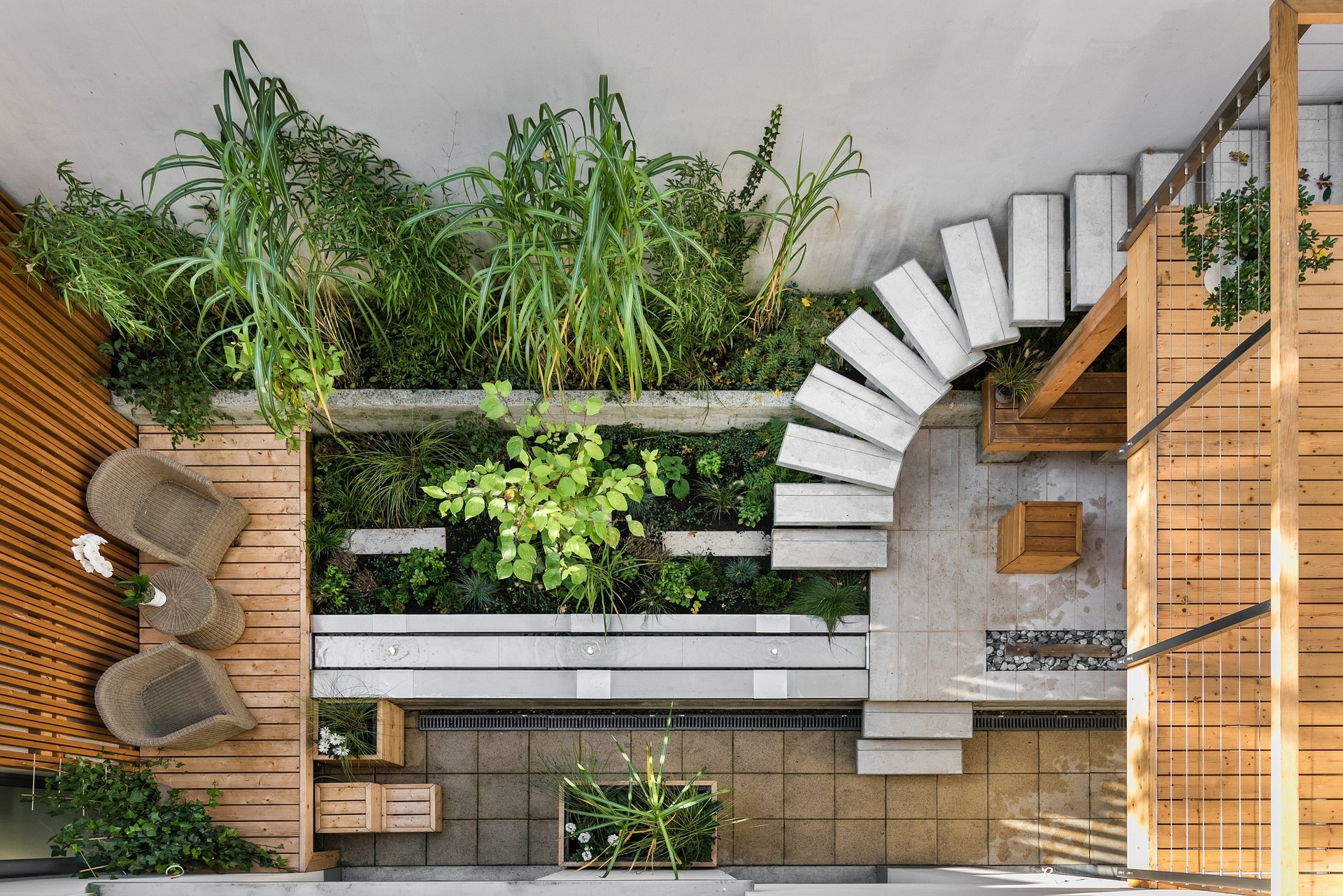
In the photo above, the sence of privacy has been created by tall walls, softened by planting. There is also a charming, private place underneath the timber platform. You might imagine that walls of such stature would feel imposing within a small space, but the opposite is true. This is because the plain walls create a canvas against which the beauty of the plants is highlighted. The clever design results in a garden that feels protected. Certainly a space to enjoy as a personal sanctuary. It's largely due to the clever use of plants together with good design and structure.
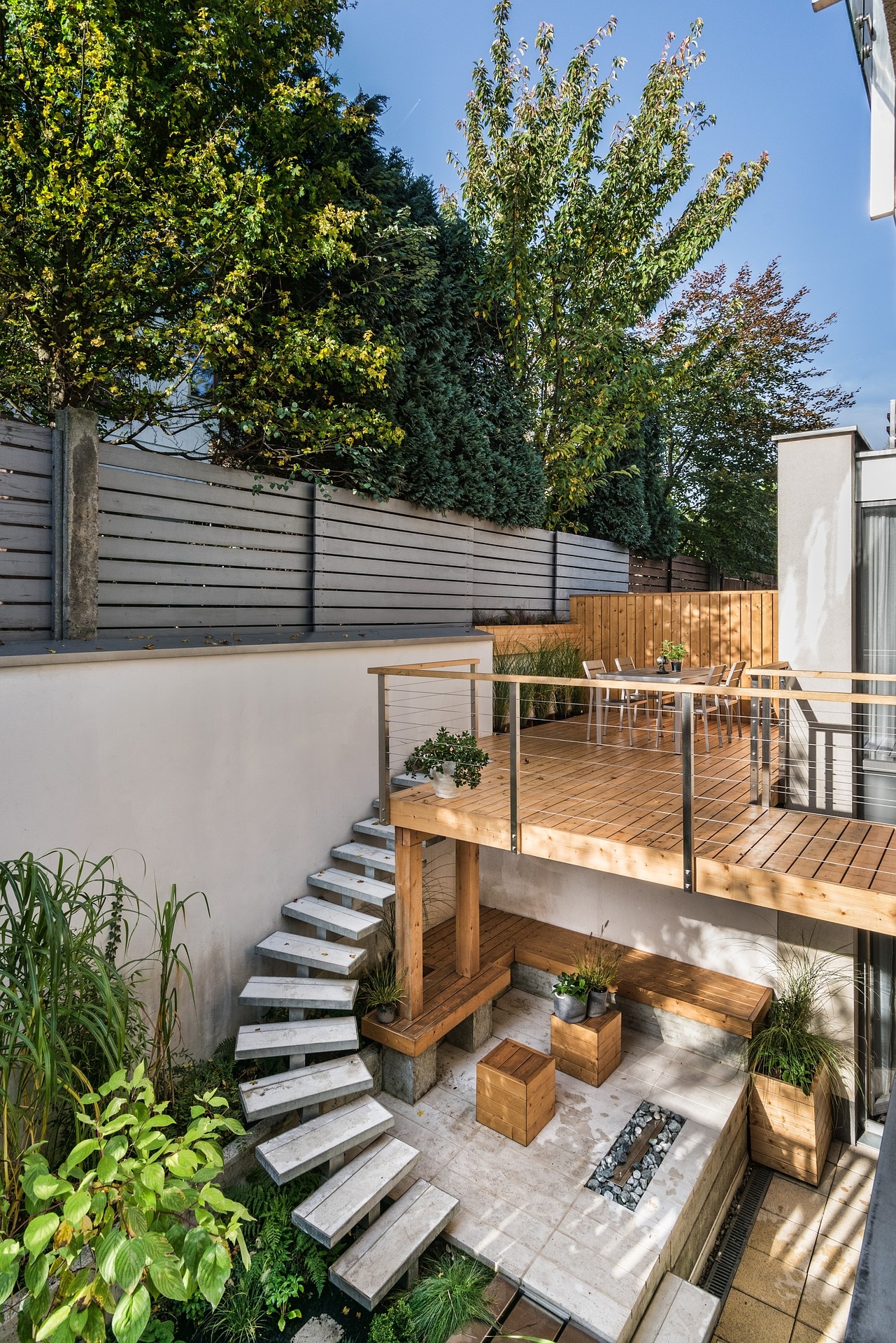
Using plants for screening
The top of the wall above has been extended by the use of horizontal fencing, which is slightly see-through. Above this rises a glorious screen consisting of evergreen conifers and deciduous trees. The conifers provide year-round screening within the areas that need it the most. The framework provided by the other trees during winter is enough to create the sense of privacy. Every part of the garden is both interesting and usable. Small spaces can be transformed into amazing features!
Pleached trees extend the height of a fence
Not everyone wants to wait for small trees to grow in order to provide the huge benefits they provide. But there are many different possibilities. Pleached trees, for example, are all ready to perform that vital screening task. They can be viewed as a 'hedge on stilts' . There are rules and regulations in place regarding the height of fencing that is permitted without planning permission. House deeds might provide specific information, but generally fences can be 2m high in a back garden, including any topper.
Planting hedging and screening, however, is not regulated in the same way. Pleached trees generally have a clear stem, which can be the same height as the existing fence or wall. The stems will always stay the same height - this part of the tree will only grow thicker, not taller. The tree canopy is trained horizontally onto a framework above the fence line and this forms an organic screen that is interesting, bio-diverse and functional too. It can be allowed to grow and develop as tall as you wish, but will always need to be pruned so that it continues to provide the cover you require.
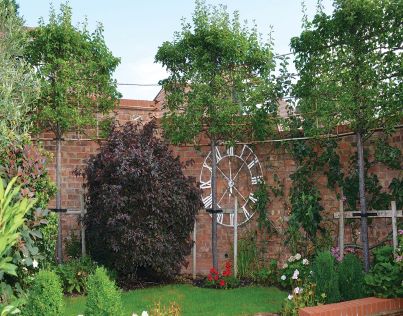
The green canopy above the brick wall in the photo above will gradually meet and knit together, if the owner requires this to happen. It is already performing an excellent function and will form a denser screen as time progresses. The top growth will need to be pruned, unless the garden-owner wants to form a higher pleached effect, in which case the new shoots should be trained horizontally.
Evergreen trees suitable for screening
Stand-alone evergreen trees are equally as valuable for screening purposes and they can be used singly or in multiples. Odd numbers always look more natural! One of the best for providing an easy-maintenance ball of screening potential is Ligustrum lucidum 'Excelsum Superbum', the Chinese privet. Grown on a standard or half-standard stem, it will form a lollipop of evergreen foliage which is light in colour because of its variegation. It will gradually expand into a substantial ball, which can be trimmed if and when required. This charming tree is evergreen in all but the harshest conditions. It can temporarily lose its leaves but this happens only occasionally.
The light-coloured Chinese privet (above), provides screening without bringing a darker tone to the garden boundary.
An evergreen with larger leaves and red young growth is Photinia 'Red Robin' and other Photinia cultivars. This is a reliable and fairly fast-growing species which can be used for small hedges, tall hedges and even for mixed hedging with other evergreens such as Euonymus, as in the photo below.
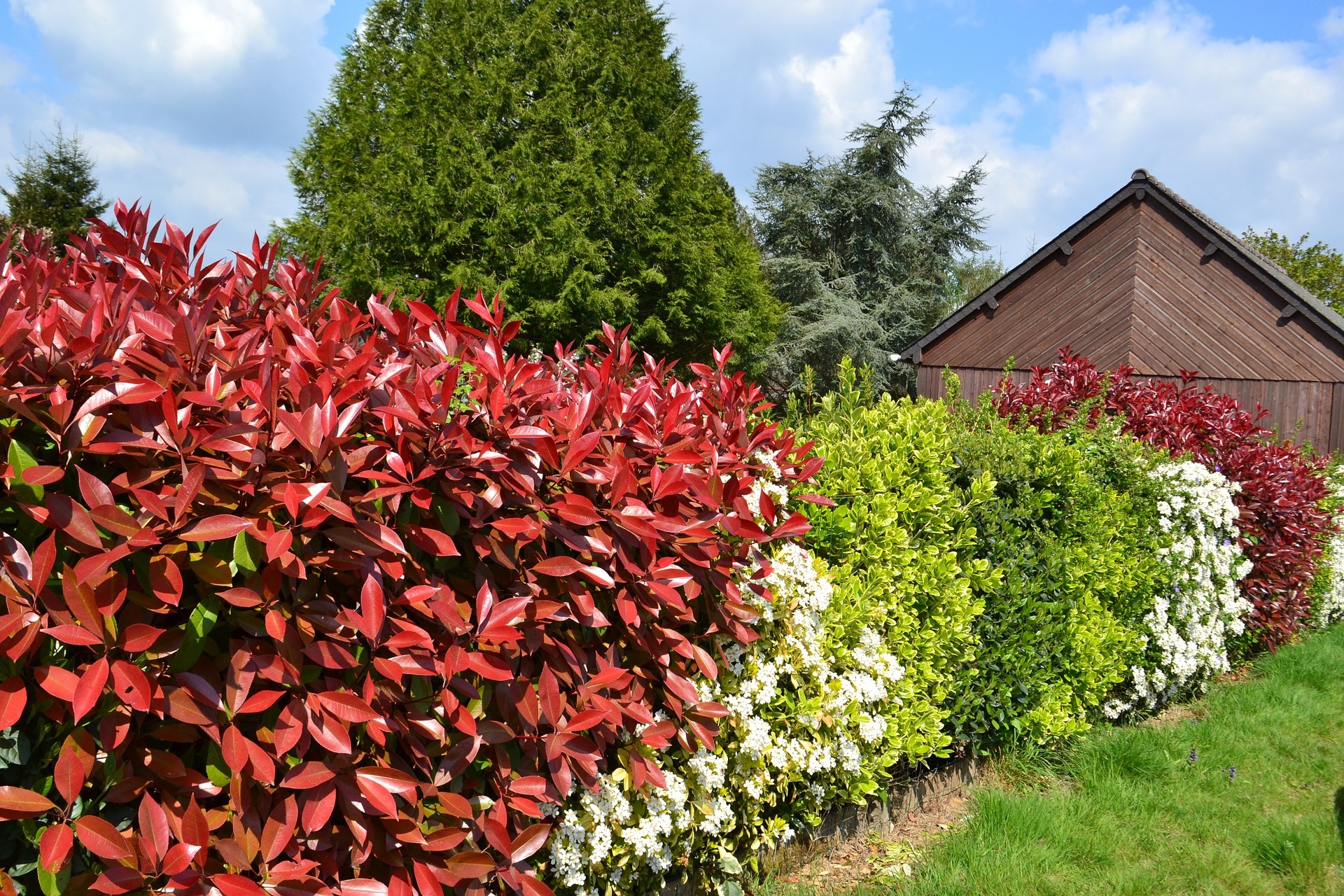
These versatile large shrubs or small trees make excellent pleached hedges and can be grown as both half standard and standard screening, set on a clear stem, as in the photo below. They can even be trained onto a metal screen so that they provide low screening around a seating area for example. A tree with a multitude of uses, Photinia looks attractive too. This evergreen produces white flowers in spring and sometimes bright red berries in autumn.
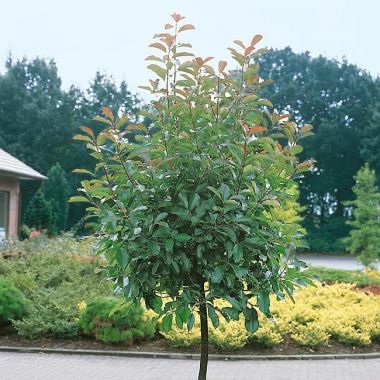
Of course there is a huge range of conifers which have traditionally been used for hedging and screening. Not everybody wants these in their garden as some can grow very large. They are highly versatile and useful, but those suitable as a screen are often the species that are fast-growing. They will, therefore, require maintenance on a regular basis. Slower-growing conifers make superb hedging and screening, including Taxus baccata, the native yew. Many of these trees can be used for a bit of fun at the same time. Yew topiary anyone?
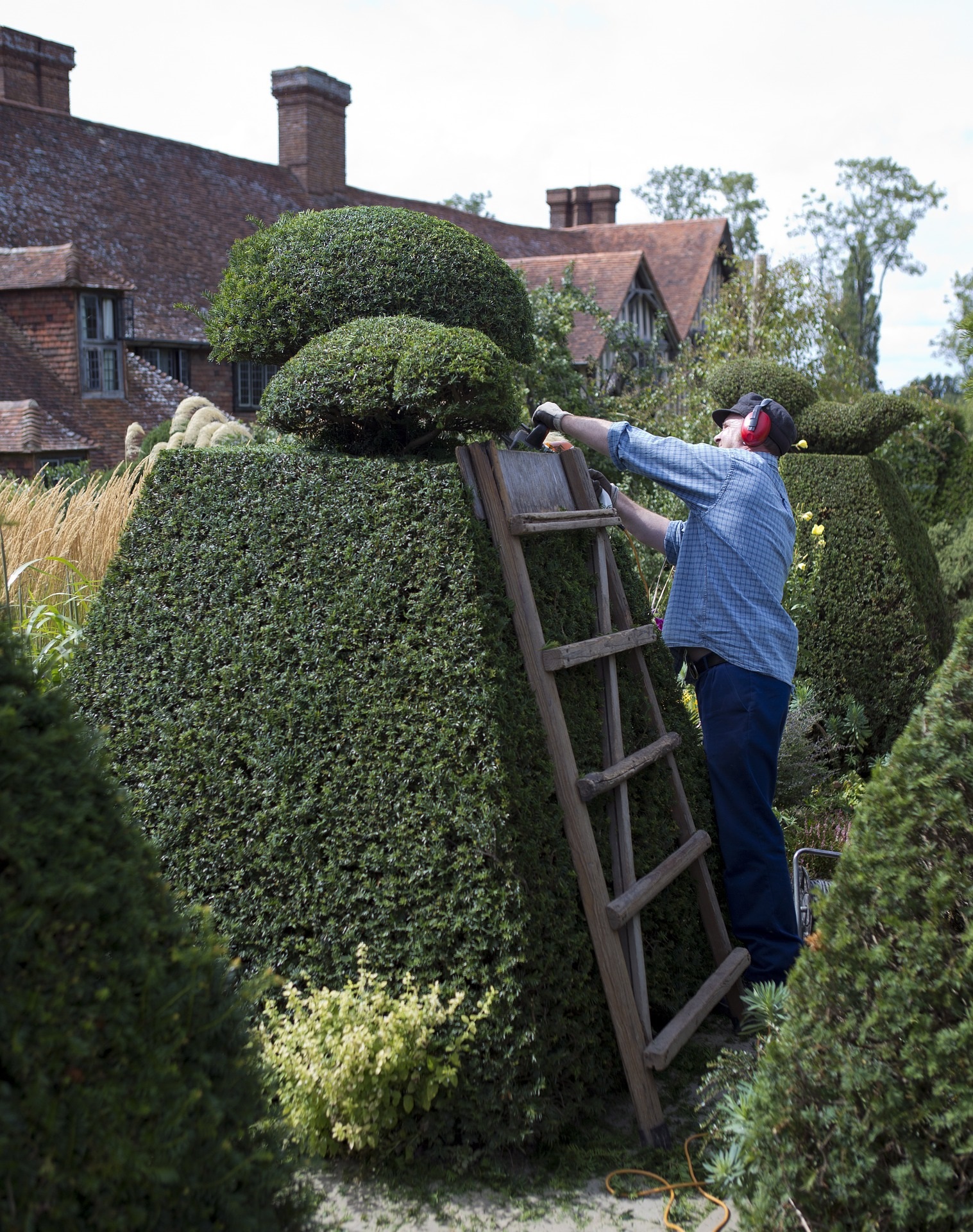
More unusual screening trees
There are limitless possibilities when it comes to using trees for screening. The pyramid hornbeam, for example; Carpinus betulus 'Pyramidalis', is a fastigiate-style, upright tree which can be grown on a clear stem. Set closely together, this would make a highly unusual tall screen or an eye-catching avenue.
